Inside The BOTTEGA del VINO
VERONA ITALY
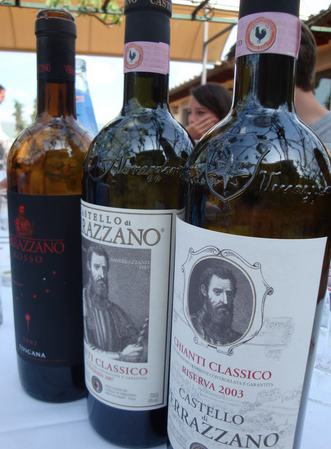

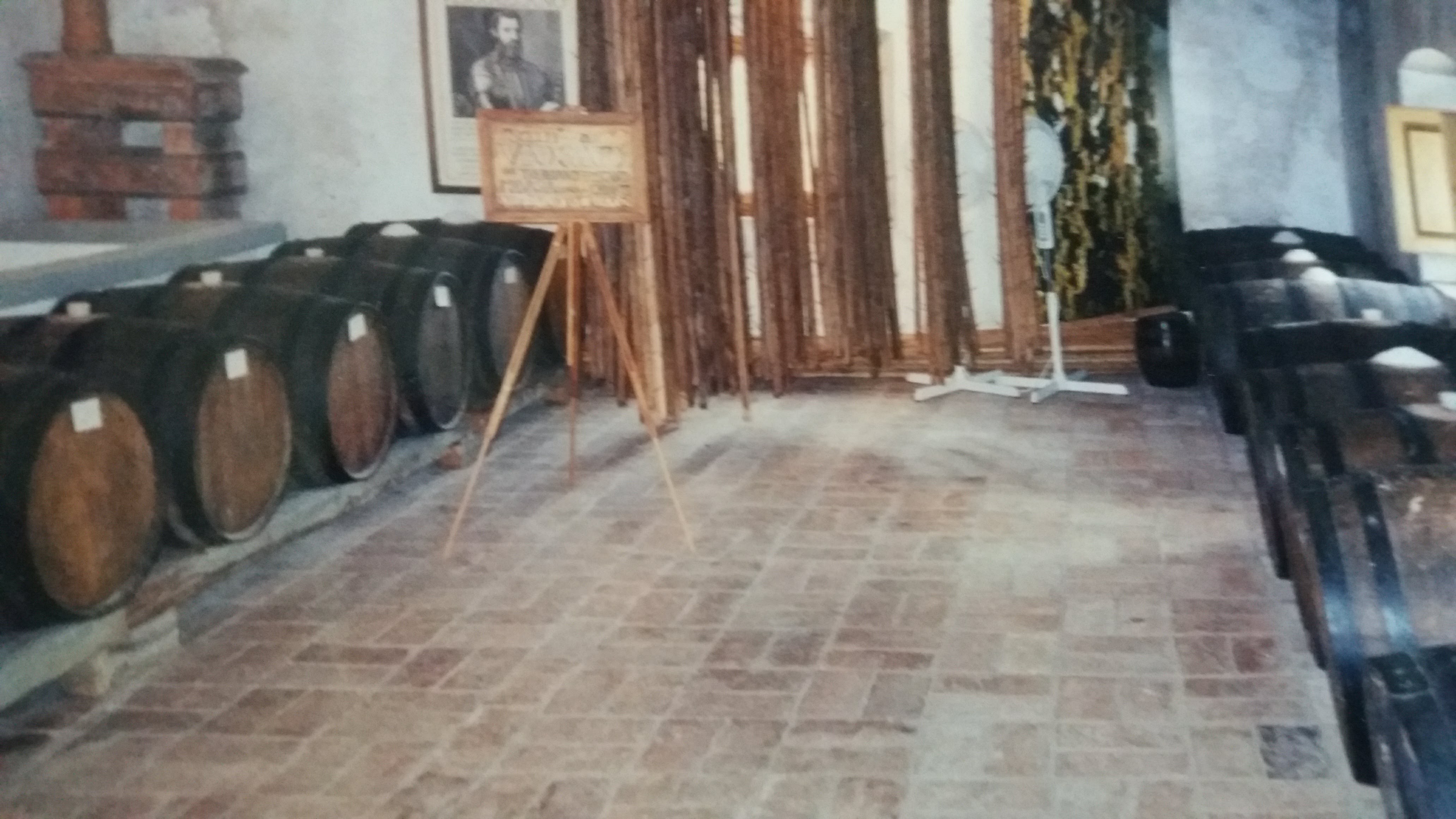
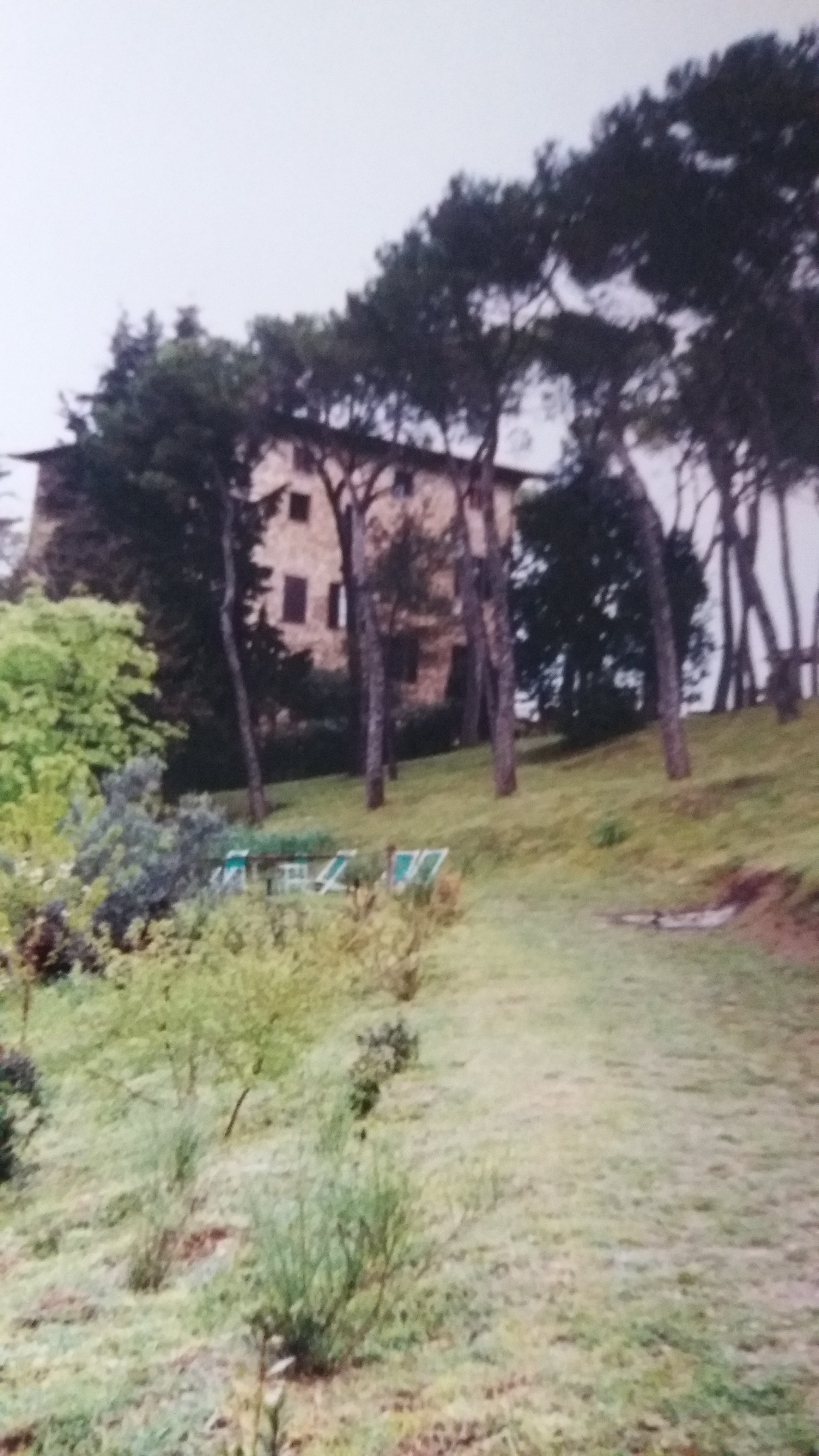

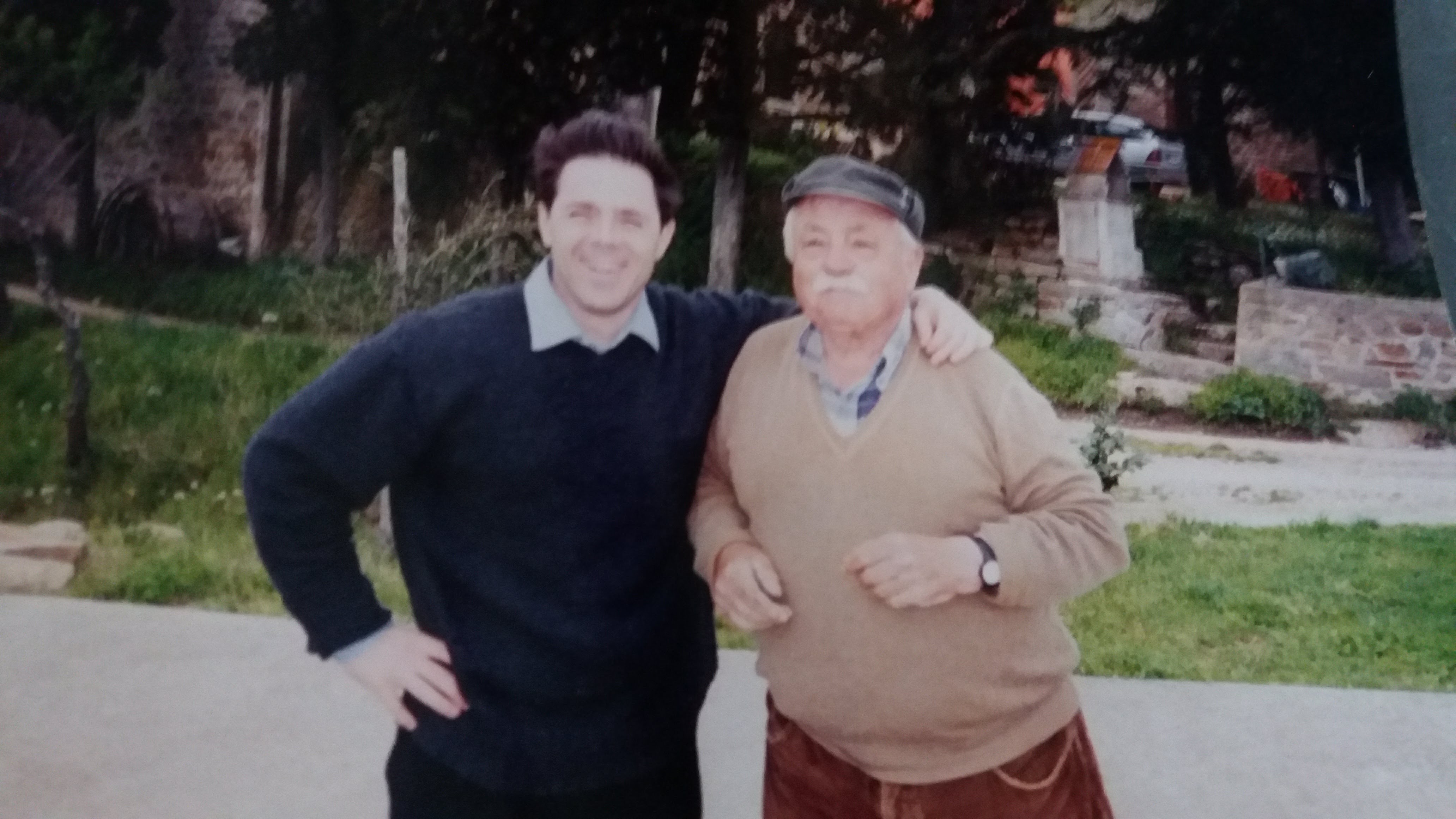
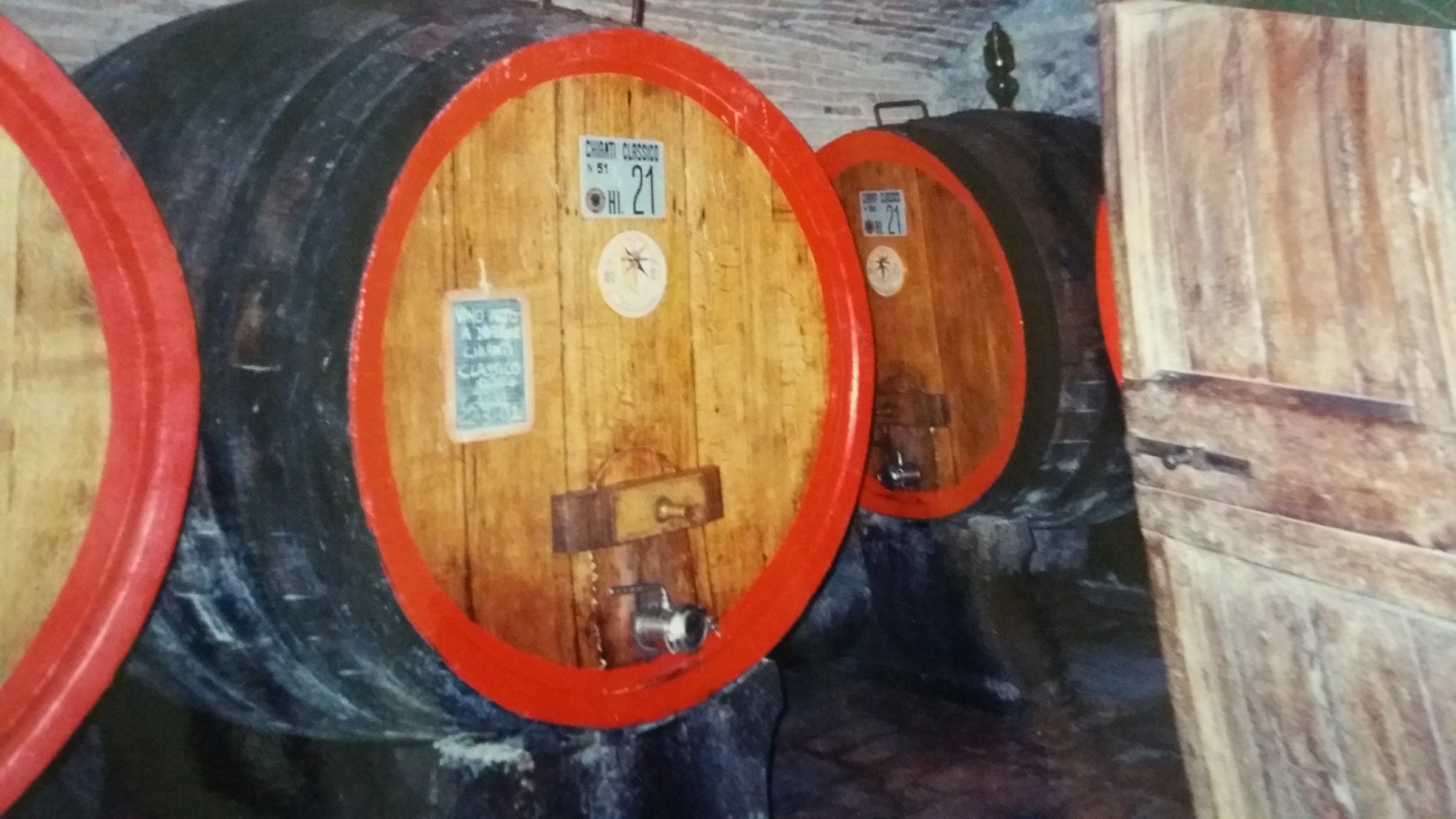

The Beautiful GOTHAM HALL
Where The BENVENUTO BRUNELLO NEW YORK BRUNELLO TASTINT
Is Held Each Year
As is usual each and every year about this time, for those New York Italian Restaurant people, Wine Geeks, people who love and work with Italian Wine or just simply love drinking it, the two most important Italian Wine Events of the Year are now upon us. The Number 1 Undisputed top Italian Wine Event in New York for the year is without question Gambero Rosso / Slow Foods TRE BICCHIERI Italian Wine Tasting held each year in New York. The number 2 most important event is the Benvenuto Brunello Tatsing held most years at Gotham Hall, and usually takes place in January. Yesterday was the Brunello Tasting at Gotham Hall. I have to say that I always love going to this tasting, but as with the Tre Bicchieri Tasting it's not quite as wonderful as it once was, but never-the-less, still fun to go to. Of course I love tasting the wines, but truth be told, these two tasting are even more about socializing than actually drinking and tasting Brunello or any marvelous wines from Italy. And so was the case at the Brunello Tasting yesterday. I ran into my friend Vince Attard first of all as I walked into the magnificent Gotham Hall and before I had tasted one wine. We chatted and minute and it was off to tasting, and we didn't even see each other at all after that, as is sometimes or not the case at these events. I saw my good friend Pietro Cavallo and Enrico Proetti my old boss who is Nettuno, Italy near Rome, he owns Bella Blu Restaurant on Lexington Avenue and who I see at almost every important Italian Wine Event of the season, "Enrico loves his Italian Wines," and it shows. I ran into my old friend and one of the top Italian Wine Guys in New York ; Charles Scicolone who I would always run into at practically every wine event of the year, but recently it has been about a year and a half since I had seen Charlie so it was good to see him once again. Yes, as I said it's more of a social event for some of us who get to drink quite a lot of Italian Wine all the time, so it's not crucial that we have as much here. So yes we've established this is a social event and for me the greatest thing to happen at this great event was running into a wonderful old friend just by a complete surprise. I was at the Fattoria Barbi table when I turned around for a second and there he was, my wonderful old friend Marco Proetti who I haven't seen for about 7 years since he moved back to Europe (Italy / London). Yes Marco and I were fast friends for a while when we both worked for his uncle Enrico at Bella Blue Restaurant back in 2007 and 08 . Marco had gone back to Europe and so we lost touch. But now he's back living in New York and working with his uncle Enrico and Bella Blu, and so we shall now hang out and spend time eating and drinking New York as we have done in the past, all cause we ran into each other at the Brunello Tasting. "You see? I told you it was a social event, din't I?" So you say, what's with all this ranting and raving about socializing at Italian Wine Events in New York, how bout the wine for Pete's Sake? OK I'll tell you. This Benvenuto Brunello Tasting was as always for the presntation of The Latest Vintage Release of Brunello Di Montalcino, and this was for the 2013 Vintage and 2012 Reserve Brunello offerings as well as the 2016 Rosso di Montalcino and San Antimo Wines within Montalcino. I tasted a number of different Brunello from many wonderful estates. After tasting all these wine, I have to say the table that impressed me the most and the wines I like best for the day were of the estate of Poggio Salvi and their base 2013 Brunello and especially my favorite wine of the day, the Brunello di Montalcino Poggio Salvi Reserva 2012 was absolutely wonderful. The wine was full and in perfect balance with really wonderful ripe fruit and just as tasty as can be.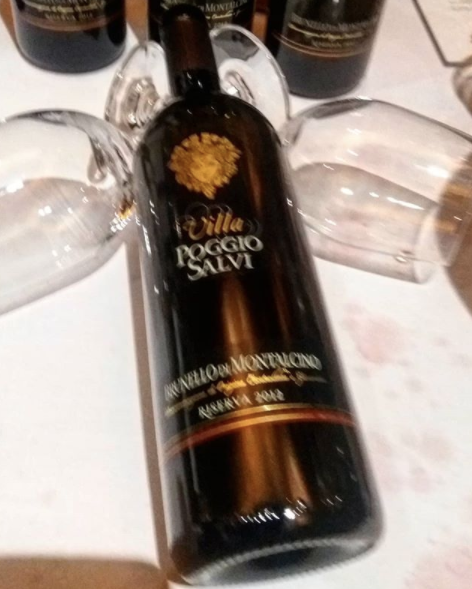
My FAVORITE WINE of THE DAY
BRUNELLO Di MONTALCINO VILLA POGGIO SALVI RESERVA 2012
After the Poggio Salvi Brunello 2012 Reserva, my second favorite of the day was the Brunello Carparzo 2012 Reserva was extremely nice and a pleasure to drink as it had strong fruit and was in excellent balance. The Carparzo "La Casa" 2012 single vineyard Brunello was a standout as well. It disappointing I didn't see much Moscadello (Dessert WIne from Montalcino) on this day, as this is one of the Worlds most wonderful sweet wines and one I always enjoy tasting at the Brunello Tasting and especially finishing a nice meal with as I did with my good friend James Starace when we had a nice lunch one day at a Trattoria in Montalcino before we were going to our appointments at Fattoria Barbi and later on to LISINI, way back in 2001 we had atnipasti and Pasta, we drank Brunello and finished up with a nice glass of Moscadello each, and then it was on to visit the great Brunello Estate of Fattoria Barbi, Lisini, and then catching sight of the Medieval Abbey of San Antimo. Needless to say, "it was a quite wonderful day." PS .. The BRUNELLO COL D'ORCIA "POGGIO VENTO" 2010 was my 3rd favorite Brunello of the day. Quite Nice! BASTA !!! .Some FINE BRUNELLO
The CAPARZO BRUNELLO 2012 Reserva
Was My 2nd Favorite of The Day
SANGIOVESE GROSSO BRUNELLO
On The Vine in MONTALCINO
FATTORIA BARBI
My All-Time FAVORITE Brunello of ALL !
Conti Francesco Cinzano
of COL D'ORCIA
with Author Daniel Bellino-Zwicke
.SUNDAY SAUCE
Daniel Bellino-Zwicke
.
Abazzio San Antimo
MONTALCINO
ITALY
.
MANGIA ITALIANO !
.